sarcoma in cats jaw
Fibrosarcoma in cats mouth. For lesions that occur there says Dr.
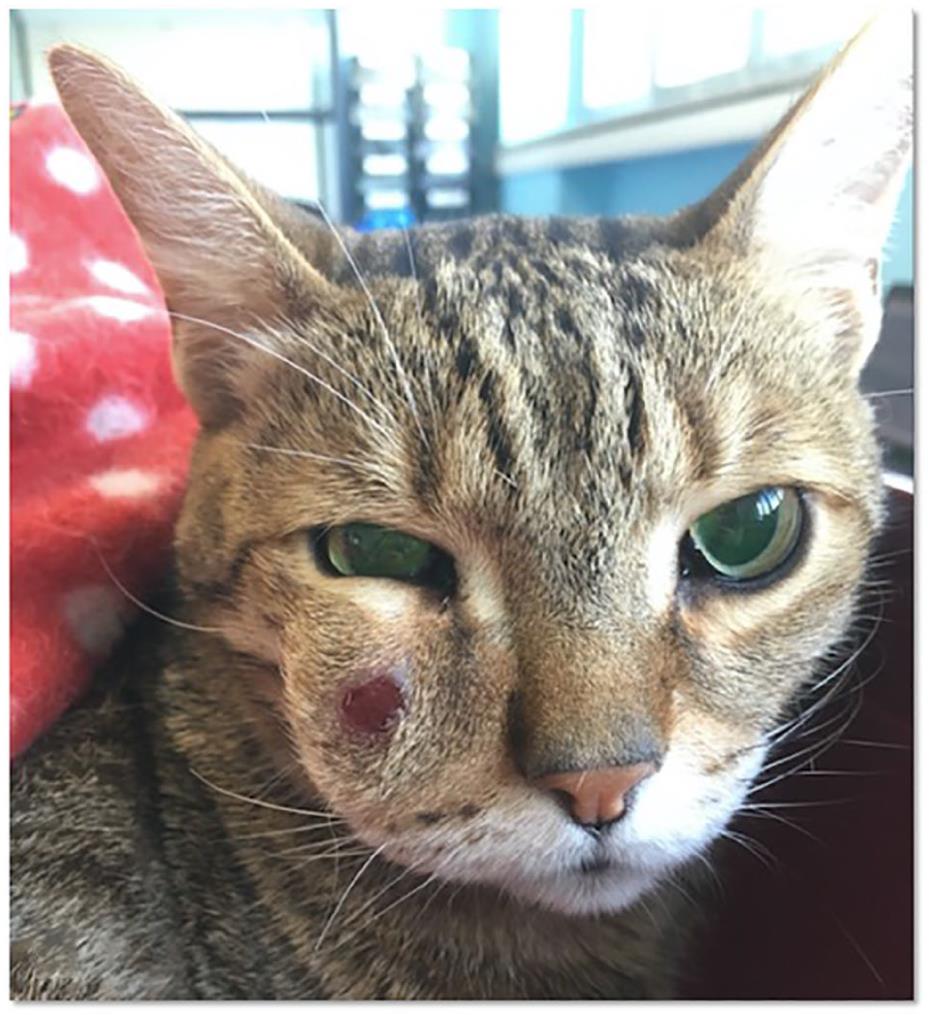
Neoadjuvant And Adjuvant Doxorubicin Chemotherapy In A Case Of Feline Soft Tissue Sarcoma
My cat Momo is 9 years old and has a tumor on his jaw.

. Feline sarcoma also known as soft tissue sarcoma is a type of cancer that develops in the connective tissues in petsAlthough these soft tissue tumors can arise anywhere in the cats body they commonly develop on the skin or subcutaneously. Osteosarcoma is considered to be a rare and spontaneous condition overall in cats and for those who do develop it the tumors are most often benign yet is still a very painful condition. Osteosarcoma has been reported as the most common primary bone tumor of the cat 5-7 11 18 24 31 35 431.
These tumors grow very rapidly and typically invade nearby bone and tissue. There is a wide age range of affected cats 6 7 11 24 3 1 381 with an average of 9 to 12 years. Odontogenic tumors arise from the tissues making up the teeth.
This is often the first sign of. Oral squamous cell carcinoma is cancer of the lining of the oral cavity including the gingiva gums tongue palate and tonsils. Jaw If the cancer is affecting the jaw you might notice they are having trouble opening their mouth and eating or lots of saliva in their mouth.
The rate of metastasis at the time of diagnosis is low. Unfortunately osteosarcoma bone cancer is most often found on the lower jaw in cats so that is definitely a possibility. Also seen with relative frequency are squamous cell tumors in the oral cavity.
If an osteosarcoma develops elsewhere in the skull or vertebrae swelling and pain in the. Although there is no specific cause of mouth cancer in cats the following environmental and dietary factors may contribute to the growth of malignant tumors in the oral cavity. Osteosarcoma osteogenic sarcoma is an aggressive and destructive type of primary cancer that develops in the bones.
Of the several types of cancerous oral growths that a cat can be affected by a squamous cell carcinoma is the most common one. McEntee we suspect that chronic inflammation or chronic dental disease may be related but we dont know that for sure Oral cavity tumors account for only about three. Oral fibrosarcoma is the second most common oral tumor in cats and the third most common in dogs.
Bone Cancer in Cats. The two most common types of oral cancers that occur in cats include squamous cell carcinomas and fibrosarcomas. Other common causes of oral tumors in cats are fibrosarcomas osteosarcomas and odontogenic tumors.
Cats suffering from oral tumors often develop jaw cancer or cancer in the oral cavity. After many visits it was discovered that the lump was actually some sort of tumor but the vet wouldnt know exactly which kind without a biopsy. An aggressive form of oral cancer in cats oral squamous cell carcinoma or SCC is an extremely invasive tumor that attacks the jaw bone.
The histiocytic type of skin mast cell tumor in cats is seen primarily in Siamese cats younger than 4 years old. Carcinomas can occur in any part of the body including the mouth. Fibrosarcomas arise from the connective tissues within the mouth often from the jaw bones.
Bone Cancer in Cats. Often the symptoms will depend on the area of the body the cancer is affecting. Osteosarcomas arise solely from bony tissues such as the jaw bones.
An oral tumor is an abnormal growth of cells. Swelling or a mass. Tumors are locally invasive and can extend into the bones of the upper or lower jaw.
The whole episode started right around Christmas when he was showing signs of bad pain. Its cause is unknown. Lymphoma Blood cancer most often affecting the intestines lymph nodes nasal cavity kidneys or liver.
Osteosarcomas can also develop in the skull most commonly in the oral cavity pelvis ribs and vertebrae. In cats the roots of the teeth are located deep in the gum tissue therefore the affection of the fang tooth by decay can lead to the formation of a seal in the lower jaw. It is the most common type of bone cancer in cats and accounts for 70 of bone tumours.
It is the most common malignant cancer diagnosed in cats and dogs today. Bloody nose Mouth pain Halitosis bad breath Weight loss Facial swelling Dropping food during a meal Increased salivation Bleeding. Symptoms How can you know if your cat has osteosarcoma.
Diagnosis may be performed through fine needle aspiration or biopsy. A cats mouth similar to our own is made up of several different cell types. There are different forms of sarcoma that develop in cats.
Some tumors may grow slowly and do not typically spread called benign while others will act aggressively called malignant. They present as a subcutaneous beneath the skin lump and are malignant tumors arising from transformed cells. No pain when touching.
Jan 12 2015. Like humans cancer in cats manifests as tumors. A fibrosarcoma is a type of cancerous tumor that occasionally occurs in cats.
Although squamous cell carcinomas dont spread rapidly to other parts of the body oral tumors may be locally invasive and spread to the chest. Squamous cell carcinoma a kind of skin cancer that most often. At a younger age with a median of 73 to 86 years.
Lameness that doesnt go away and swelling of the affected bone. Soft tissue sarcoma an aggressive malignant tumor that develops in fibrous connective tissue anywhere on the body sometimes at the site of an injection. Older cats generally have fewer tumors.
All of which can become cancerous eg skin cells bone cells fibrous cells. About one-third of cats diagnosed with SCC of the skin she notes have multiple lesions. What Kinds of Cancer Do Cats Get.
Most pet owners realize their cat has developed a health problem after noticing some or all of the following symptoms. Cats with osteosarcoma of the jaw a form of axial osteosarcoma may have swelling of the jaw difficulty opening the mouth excessive salivation and may be reluctant to eat due to pain. Causes Treatments Prevention and Tips.
Tumors may develop anywhere on the body and appear as multiple small less than 04 inches 1 centimeter in diameter firm lumps under the skin surface. These are the most common symptoms when a tumor affects. Sarcomas are a specific type of cancer.
It is the most common oral cancer in cats. Usually animals that experience problems with teeth refuse to eat. Cancer arises from osteoblasts or osteoclasts which are cells that produce a matrix which builds or breaks down bone.
The symptoms of osteosarcoma in cats can be subtle and they may include.

Cancerous And Non Cancerous Growths In A Cat S Mouth Petmd

Common Oral Tumors In Cats And Dogs Vet In Aurora The Animal Dental Clinic

Understanding Lymphoma In Cats
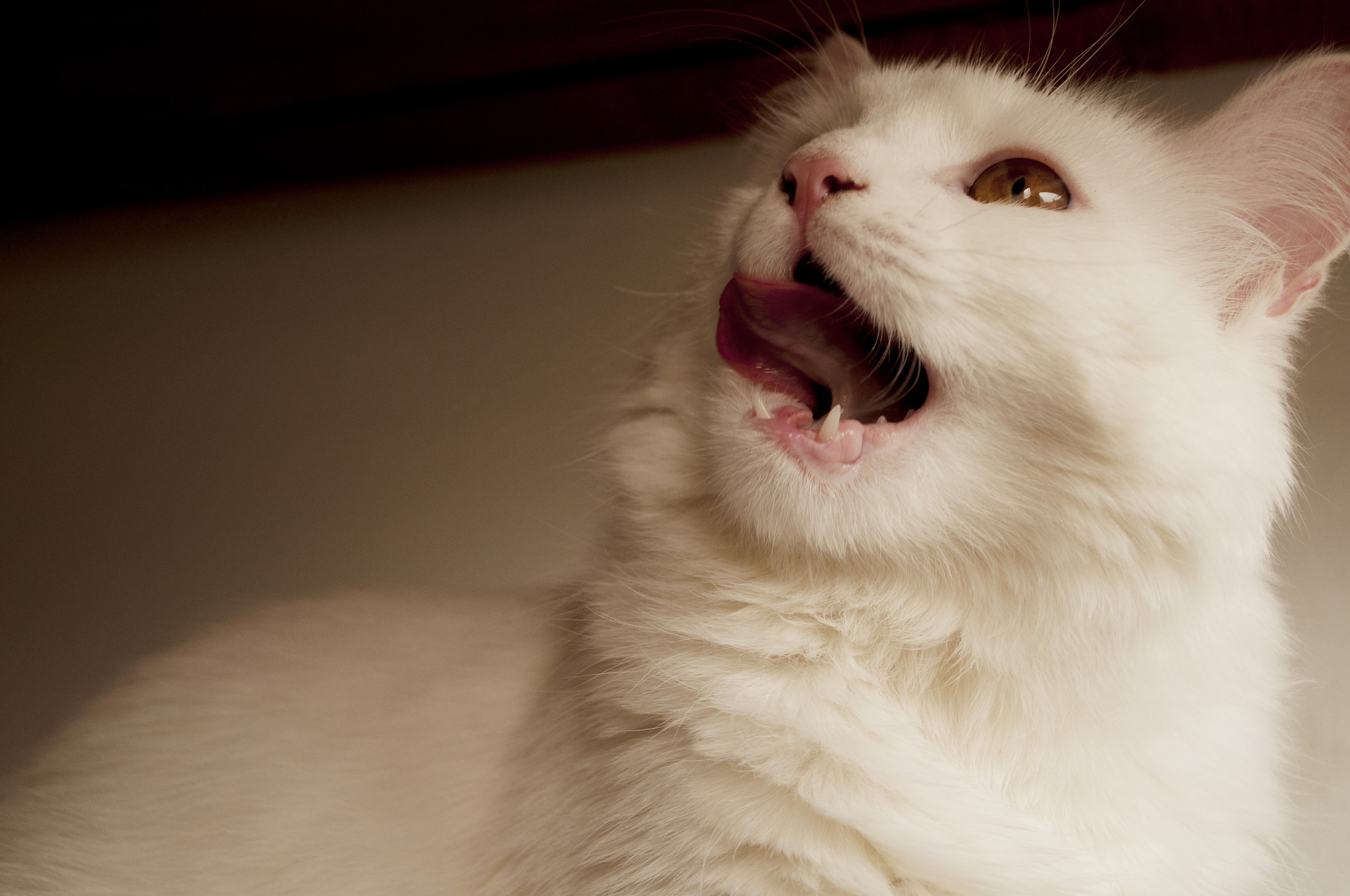
Cat Keeps Licking Mouth Sign Of Cancer Scary Symptoms
/GettyImages-11673268481-ff230807a7e04e2db8e38e148edb19a5.jpg)
How To Treat Fibrosarcomas In Cats

Cat 8 Squamous Cell Carcinoma With Infiltrative Growth Into Nasal And Download Scientific Diagram

Adopt Tori Senior Declawed Cat Offered By Owner On Petfinder Kitten Adoption Cat Adoption Cats

Common Causes And Treatment For Sneezing In Cats Firstvet
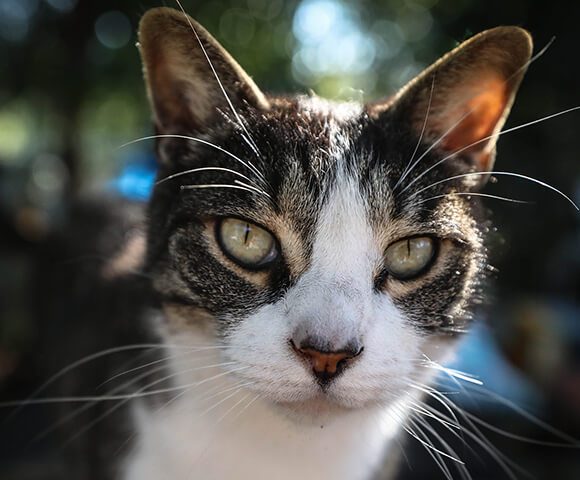
Feline Fibrosarcoma Bluepearl Pet Hospital
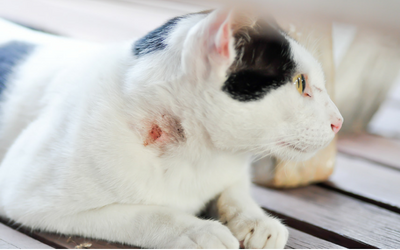
Abscesses In Cats Vca Animal Hospitals

Mouth Cancer Melanocytic In Cats Petmd

Mouth Cancer Gingiva Squamous Cell Carcinoma In Cats Petmd
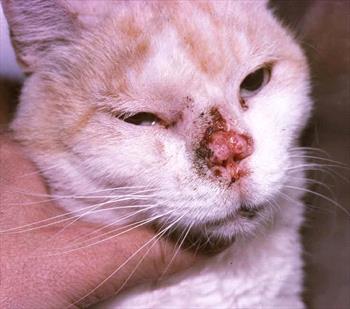
Nasal Squamous Cell Carcinoma In Cats Veterinary Partner Vin

Cat 7 Squamous Cell Carcinoma On Nose Stage T4 Two Sessions Of Download Scientific Diagram

Learn About Nasal Cancer In Cats Petcure Oncology

The Pet Oncologist Vet Oncologist Online Oral Cancer In Cats
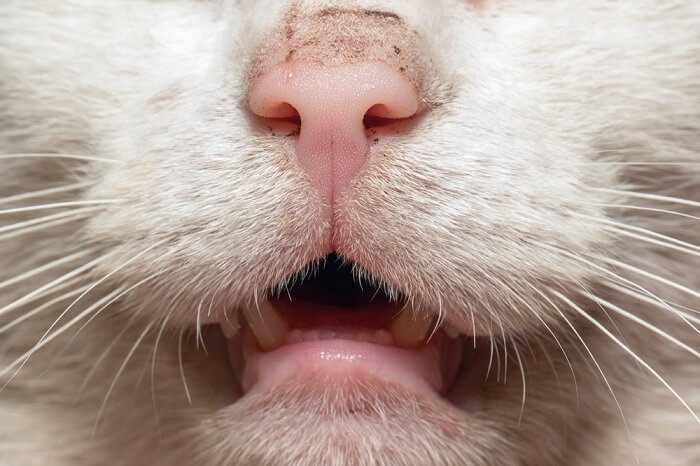
Mouth Cancer In Cats Causes Symptoms Treatment All About Cats

